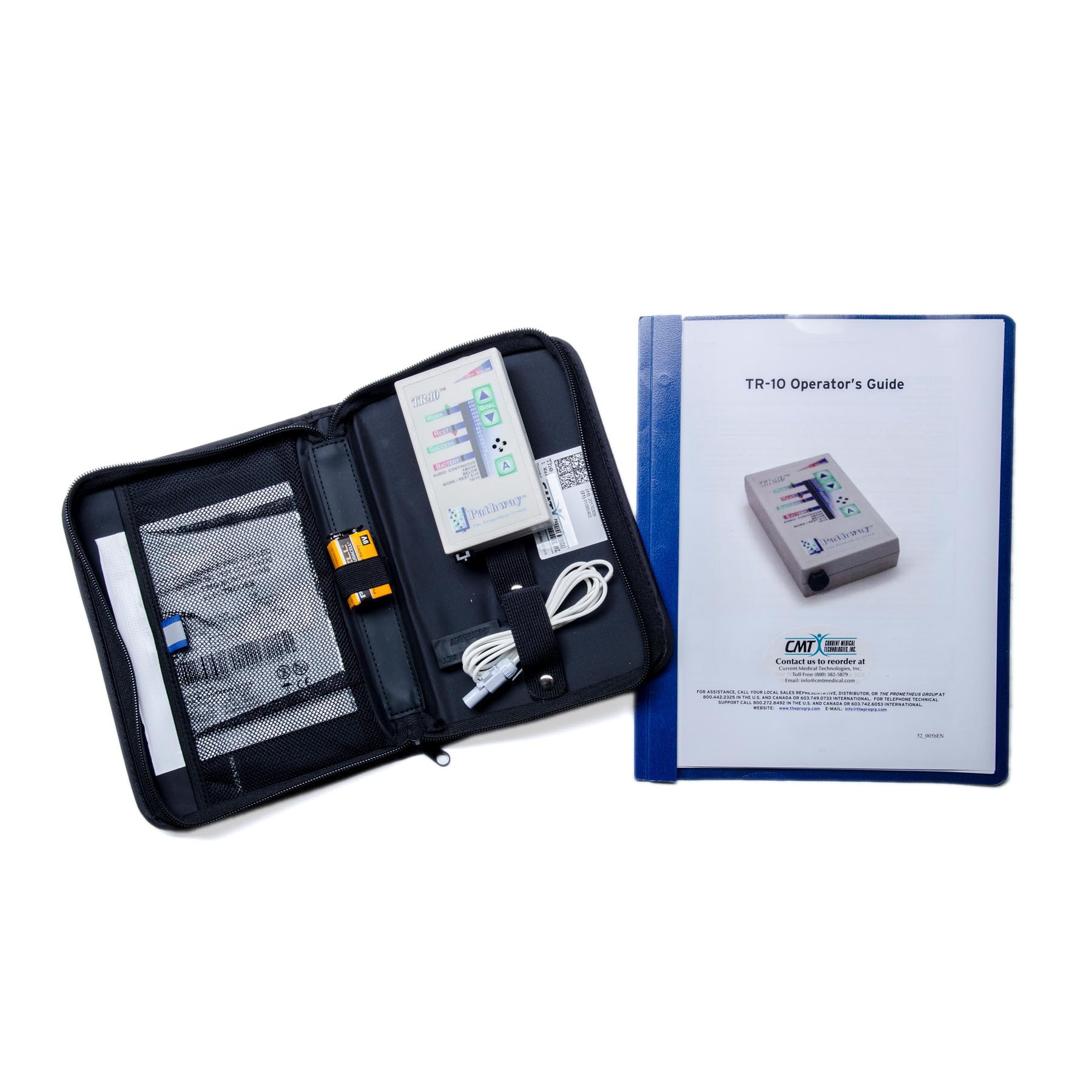Revealing the Link Between quantitative EEG and Slumber Apnea Trends for Enhanced Assessment and Therapy
Revealing the Link Between quantitative EEG and Slumber Apnea Trends for Enhanced Assessment and Therapy
Blog Article
Sleep apnea is a common slumber disorder that impacts many individuals around the world. It happens when a individual's breathing is interrupted during sleep, leading to poor sleep quality and multiple health concerns. One of the methods scientists and physicians are working to improve comprehend and identify sleep apnea is through a technique called quantitative electroencephalography, or qEEG. This approach measures the electrical function of the brain and can provide important understandings into how sleep apnea affects brain function and overall well-being.
qEEG involves placing small sensors on the head to record brain waves. These cerebral waves are then examined to detect patterns that may indicate sleep conditions, including sleep apnea. By analyzing these trends, healthcare professionals can obtain a more precise picture of how sleep apnea interrupts normal brain function during sleep. This information can be crucial for formulating effective therapeutic strategies customized to individual patients. Understanding the relationship between qEEG and sleep apnea can result to improved identification techniques and better outcomes for those affected by this disorder.
Research has shown that individuals with sleep apnea often exhibit specific changes in their cerebral wave best site patterns. For example, during instances of apnea, the brain may exhibit increased activity in certain areas while other regions become more active. These changes can influence how effectively a individual slumbers and how rested they perceive upon awakening. By using qEEG to monitor these brain wave patterns, doctors can recognize particular characteristics of sleep apnea in patients, which can help in making a more accurate identification. This is particularly crucial because sleep apnea can occasionally be mistaken for other sleep disorders, leading to inappropriate therapies.
In addition to enhancing identification, qEEG can also play a part in evaluating the effectiveness of treatments for sleep apnea. For instance, after a client starts employing a constant beneficial airway force (CPAP) machine, which assists maintain the passage clear during sleep, qEEG can be used to assess changes in brain activity. If the brain shows improved trends of sleep after starting treatment, it may indicate that the therapy is working well. This feedback can help doctors make required modifications to treatment plans, guaranteeing that clients receive the best care possible.
Overall, the connection between qEEG and sleep apnea patterns is an exciting area of research that holds promise for enhancing diagnosis and treatment. By understanding how sleep apnea impacts cerebral activity, medical professionals can formulate more efficient approaches to assist clients achieve better sleep and enhance their general well-being. As studies continues to evolve, it is likely that qEEG will become an essential instrument in the battle against sleep apnea, resulting to superior results for those who experience from this difficult condition.